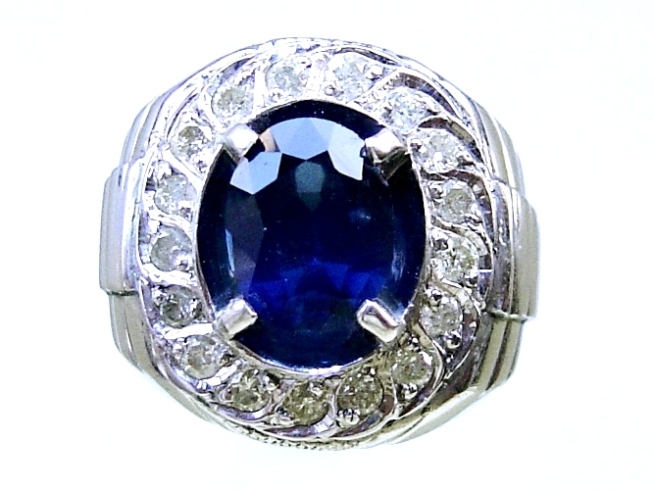
Emerald Stone
Emerald
Emerald is grass-green variety of beryl that is highly valued as a gemstone. The physical properties of emerald are essentially the same as those of beryl. Emeralds occur in a variety of green colors. The magnificent green color that gives extraordinary value to this gem is due to small amounts of chromium and vanadium. Some emeralds have yellowish to bluish overtones.
The stone loses color when strongly heated.
The name Emerald is derived from the French “esmeraude” and the Greek root “smaragdos” which means ‘green gemstone’. Emeralds are found in many countries, but Columbia and Brazil are the major producers and Columbia is recognized as the source for the finest stones. They are also found in Pakistan, Russia, Australia, South Africa, India, Norway, and the United States.
Emeralds have cut in variety of different shapes, ranging from the traditional rectangular step-cut, known as the “emerald cut,” to rounds, ovals, squares and cabochons. There is also princess cut, pearl cut, trillion cut, marquise cut, square cut and straight baguette cut.
Because emeralds usually contain many cracks, fissures, and inclusions, the majority of these stones are “oiled”. This means that they are immersed in oil which reduces the visibility of the inclusions, and also improves the clarity.
The emerald is the sacred stone of the goddess Venus. It was thought to preserve love. The emerald has long been the symbol of hope. It is considered by many to be the stone of prophecy. For some the emerald acts as a tranquilizer for a troubled mind. The emerald is said to bring the wearer reason and wisdom. The strongest time for the powers of the emerald is said to be spring.
Though not meant to replace traditional medical treatment, emerald is extensively used for physical and emotional healing. Emerald has refreshing soft green color, which has amazing healing powers for eyes, and it is a good talisman for any eye trouble. When worn, the stone is supposed to prevent epilepsy attack, and when held in the mouth it is believed to be a cure for dysentery. It is supposed to assist women at childbirth.
www.indonesiajewelry.com









